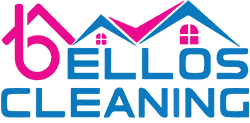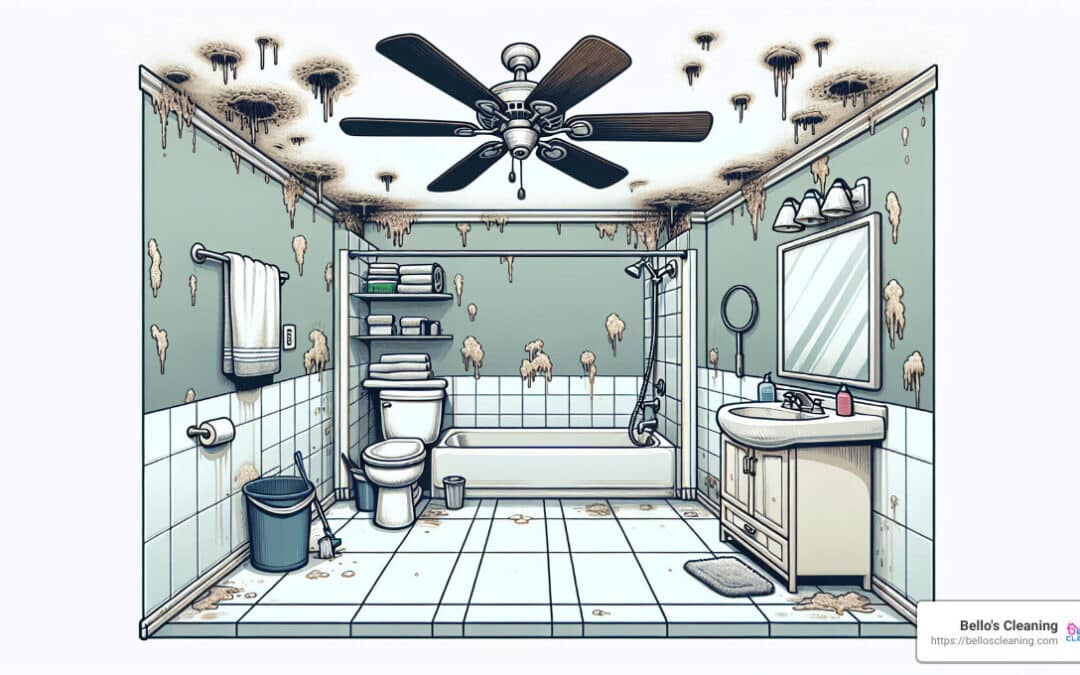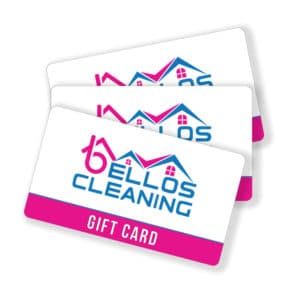How to clean mold off the bathroom ceiling—a task that often feels daunting but is crucial for maintaining a healthy living environment. Mold, particularly on bathroom ceilings, poses a series of health risks and can escalate into larger, costlier problems if not addressed promptly. This introduction provides a quick guide to understanding and tackling mold efficiently.
Mold thrives in damp environments, making your bathroom ceiling a prime target due to the high humidity and warmth from showers and baths. If left untreated, the presence of mold can lead to respiratory issues, allergies, and other health complications. Therefore, it’s essential to address this issue head-on to ensure the air quality in your home remains safe and clean.
For a quick fix:
– Identify the mold: Look for spots or patches that are usually black, green, or white and have a fuzzy texture.
– Prepare your cleaning solution: Common household items like vinegar or bleach are effective in killing mold.
– Apply the solution: Spray or apply your cleaning solution directly on the moldy areas.
– Scrub and Rinse: After letting the solution sit for some time, scrub the area with a brush and rinse with water.

While the above steps provide immediate relief, understanding the cause and implementing preventative measures are key to ensuring the mold does not return. Moving forward, we’ll dive deeper into the causes of mold on bathroom ceilings, explore detailed cleaning methods, and discuss strategies to prevent its regrowth.
Understanding Mold on Bathroom Ceilings
Mold on bathroom ceilings is a common issue that stems from persistent moisture and poor ventilation. Let’s break down the causes, types, and identification methods to help you tackle this problem effectively.
Causes
The primary culprit behind mold growth on bathroom ceilings is excess moisture. This moisture typically originates from steam produced during hot showers or baths. Without adequate ventilation, the moisture lingers, settles on surfaces, and creates an ideal environment for mold spores to grow.
- Inadequate ventilation: A lack of proper air flow fails to remove steam and moisture.
- Excessive humidity: High levels of indoor humidity without proper dehumidification contribute to mold growth.
- Leaks: Water leaks from above or around the bathroom can dampen ceilings and support mold growth.
Types of Mold
Mold on bathroom ceilings can appear in various forms, but some types are more common in these damp environments:
- Black Mold (Stachybotrys chartarum): Known for its black or dark appearance and potential to release mycotoxins that can cause health issues.
- Aspergillus: This mold can appear in various colors and is a common allergen.
- Cladosporium: Typically green or brown, it can thrive in both warm and cold conditions.
Understanding the type of mold can help in assessing the potential risks and determining the appropriate removal strategy.
Identification
Identifying mold involves more than just spotting dark patches on the ceiling. Here’s how to recognize mold presence:
- Visual Inspection: Look for spots or patches that range in color from black and green to white and orange.
- Smell: Mold often produces a musty odor that can be noticeable even before visible growth occurs.
- Moisture Spots: Areas that remain damp or show water damage are likely spots for mold growth.

Recognizing these signs early can prompt quicker action, reducing the extent of mold growth and associated health risks. By understanding these basics, you’re better equipped to tackle mold removal and prevent future growth effectively. Next, we’ll explore specific cleaning methods using common household products like vinegar, bleach, and baking soda to maintain a healthy and mold-free bathroom environment.
How to Clean Mold Off the Bathroom Ceiling
Cleaning mold off your bathroom ceiling doesn’t have to be a daunting or expensive task. Simple household items like vinegar, bleach, and baking soda are effective in tackling mold. Here’s how you can use each to keep your bathroom mold-free.
Using Vinegar
Vinegar is a safe and natural option that can kill up to 82% of mold species. Here’s a simple method to use vinegar for mold removal:
- Spray: Fill a spray bottle with white distilled vinegar. Do not dilute it with water, as this could reduce its effectiveness.
- Sit: Spray the vinegar generously over the moldy areas of your bathroom ceiling. Let it sit for at least an hour to penetrate and kill the mold spores.
- Scrub: After letting it sit, scrub the area with a brush or sponge to remove the mold. If the mold persists, reapply vinegar and let it sit again before scrubbing.
Using Bleach
Bleach is more potent than vinegar and can kill all types of mold it comes into contact with. Here’s how to use bleach safely and effectively:
- Mix: Combine one part bleach with four parts water in a bucket or spray bottle.
- Apply: Wearing gloves and a mask, apply the bleach solution to the moldy areas. Be cautious of drips and avoid getting it on your skin or clothes.
- Rinse: Let the bleach sit for about 15-20 minutes, then rinse the area thoroughly with water to remove any remaining mold and bleach solution.
Using Baking Soda
Baking soda is not only safe and non-toxic but also a great deodorizer. Here’s how to use it to clean mold:
- Paste: Mix baking soda with water to create a thick paste.
- Apply: Apply this paste liberally to the moldy areas on your ceiling.
- Wipe: After letting it sit for an hour, wipe the area clean with a damp cloth or sponge. This method not only removes mold but also neutralizes any lingering odors.
By using these simple and budget-friendly methods, you can effectively remove mold from your bathroom ceiling and maintain a healthier living environment. Consistent use and regular bathroom cleaning can prevent mold from returning. Next, we’ll discuss how to prevent mold on your bathroom ceiling through proper ventilation and humidity control.
Preventing Mold on Your Bathroom Ceiling
Preventing mold in your bathroom is crucial for maintaining a healthy environment at home. Here’s how you can keep your bathroom mold-free by focusing on ventilation, controlling humidity, and adhering to a regular cleaning schedule.
Improve Ventilation
Exhaust fans: Installing an exhaust fan can significantly reduce moisture in your bathroom. Use the fan during and for at least 20 minutes after showering to help ventilate the steam and damp air out of the room.
Open windows: Whenever the weather permits, open windows to let fresh air circulate. This not only dries out the bathroom faster but also reduces the overall humidity levels which mold thrives on.
Control Humidity
Dehumidifiers: In bathrooms without proper ventilation or windows, a dehumidifier can be a game-changer. It helps maintain lower humidity levels, making the environment less hospitable for mold growth.
Moisture absorbers: Small moisture absorbers placed in various corners of the bathroom can also help in reducing dampness. These are especially useful in smaller or enclosed bathrooms where airflow is limited.
Regular Cleaning
Weekly schedules: Set a weekly cleaning routine to wipe down surfaces and check for signs of mold. Regular cleaning prevents mold spores from settling and multiplying.
Mild detergents: Use mild detergents mixed with water for regular cleaning. For areas prone to mold, consider adding a bit of white vinegar to your cleaning solution. It’s natural, effective, and prevents mold without harsh chemicals.
By implementing these strategies, you can significantly reduce the risk of mold growth on your bathroom ceiling and walls. Proper ventilation, humidity control, and regular cleaning are key elements in maintaining a mold-free bathroom. Tackling mold early and consistently is the best way to keep your bathroom fresh and healthy.
Budget-Friendly Mold Cleaning Solutions
Finding effective ways to clean mold off your bathroom ceiling doesn’t mean you have to spend a lot of money. You can use store brands, create DIY mixtures, and invest in multi-use products to keep costs down while still maintaining a clean and mold-free bathroom ceiling.
Store Brands
You don’t have to buy premium brands to fight mold. Many store brands offer bleach and cleaning products that work just as well as their more expensive counterparts. For example, generic “thick bleach” is recommended for its effectiveness and affordability. It has the same strength as branded bleach but at a fraction of the cost. You can find these products in most supermarkets or online.
DIY Mixtures
Creating your own mold cleaning solutions can be both cost-effective and environmentally friendly. A simple mixture of vinegar and water can be used to tackle mold. Vinegar is a mild acid which makes it a good option for killing mold naturally. Just mix equal parts of white vinegar and water in a spray bottle, apply it to the affected area, let it sit for an hour, then wipe clean.
For tougher mold problems, a paste made from baking soda and water can be applied directly to the mold. This paste can sit for a few hours or overnight before scrubbing off. Baking soda not only cleans but also deodorizes, removing the musty smell mold can leave behind.
Multi-use Products
Investing in products that can be used for multiple cleaning tasks around the house can also be a budget-friendly strategy. For instance, hydrogen peroxide is not only effective at killing mold but can also be used to clean glass and mirrors, disinfect surfaces, and brighten whites in your laundry.
Similarly, bleach isn’t just for mold; it can disinfect and whiten bathroom fixtures, making it a versatile addition to your cleaning supplies.
By using these budget-friendly solutions, you can effectively remove mold from your bathroom ceiling without breaking the bank. Regular use of these solutions can also prevent the recurrence of mold, keeping your bathroom clean and hygienic in the long run. Now, let’s move on to some common questions about cleaning mold that might help you further understand how to maintain a mold-free bathroom.
Frequently Asked Questions about Cleaning Mold
What Causes Mold on Bathroom Ceilings?
Mold on bathroom ceilings is primarily caused by moisture and poor ventilation. When you take hot showers or baths, steam rises and condenses on the cooler surface of the ceiling. If the bathroom isn’t well-ventilated, the moisture doesn’t have a chance to dissipate, creating an ideal environment for mold to grow. Additionally, leaks or high humidity levels can contribute to the problem.
Can Vinegar Kill Mold on Bathroom Ceilings?
Yes, vinegar can effectively kill mold on bathroom ceilings. Vinegar is a mild acid that can penetrate the surface of mold and kill it. To use vinegar for mold removal:
– Spray undiluted white vinegar directly onto the moldy area.
– Let it sit for at least an hour to penetrate and kill the mold spores.
– Scrub the area with a brush to remove the mold.
– Rinse with water and dry the area thoroughly.
Vinegar has been found to kill up to 82% of mold species, making it a potent option for natural mold cleaning.
Is Mold on Bathroom Ceiling Dangerous?
Mold on bathroom ceilings can be dangerous, especially if it is black mold (Stachybotrys chartarum). Exposure to mold can cause various health issues, including:
– Allergic reactions such as sneezing, itching, and skin rashes.
– Respiratory problems, particularly in those with asthma or other lung conditions.
– In severe cases, it can lead to respiratory infections.
It is important to address mold issues promptly to maintain a healthy living environment. If you suspect the presence of toxic mold, it is advisable to consult a professional for safe removal.
By understanding these aspects of bathroom mold, you can take informed steps to clean and prevent mold effectively, ensuring a safer and healthier home environment. Let’s continue exploring how to keep your bathroom mold-free and maintain its cleanliness.
Conclusion
Maintaining a clean and mold-free bathroom ceiling is not just about aesthetics—it significantly contributes to the health and well-being of your household. Mold exposure can aggravate allergies, respiratory conditions, and even lead to more severe health issues if not addressed. By implementing the right cleaning and preventive measures, you can ensure a safer and healthier living environment.
Health Benefits
Regularly cleaning mold from your bathroom ceiling and keeping it at bay has profound health benefits. It reduces the risk of mold-related health problems such as allergies, asthma attacks, and other respiratory issues. A mold-free bathroom also improves the overall air quality in your home, making it a safer environment for everyone, especially children and those with pre-existing health conditions.
Maintenance Tips
To maintain a mold-free bathroom ceiling, focus on controlling moisture and improving air circulation:
– Improve Ventilation: Always use an exhaust fan during and after showers to help moisture escape. Keeping windows open whenever possible will also aid in reducing humidity levels.
– Control Humidity: Consider using a dehumidifier in your bathroom to keep humidity levels under control. This is especially helpful in damp and humid climates.
– Regular Cleaning: Incorporate a weekly cleaning routine using mild detergents or natural solutions like vinegar to keep mold spores from settling and growing.
Prevention is key. Routine checks and maintenance can prevent mold from becoming a larger issue.
Bello’s Cleaning
At Bello’s Cleaning, we understand the importance of a clean and healthy home. Our professional cleaning services are designed to tackle tough bathroom mold and maintain the pristine condition of your bathroom. Trust us to help you keep your space hygienic and mold-free!
By taking these steps, you ensure that your bathroom remains a clean and refreshing space, contributing positively to the overall health and ambiance of your home. Tackling mold is not just a cleaning activity but a health imperative.


